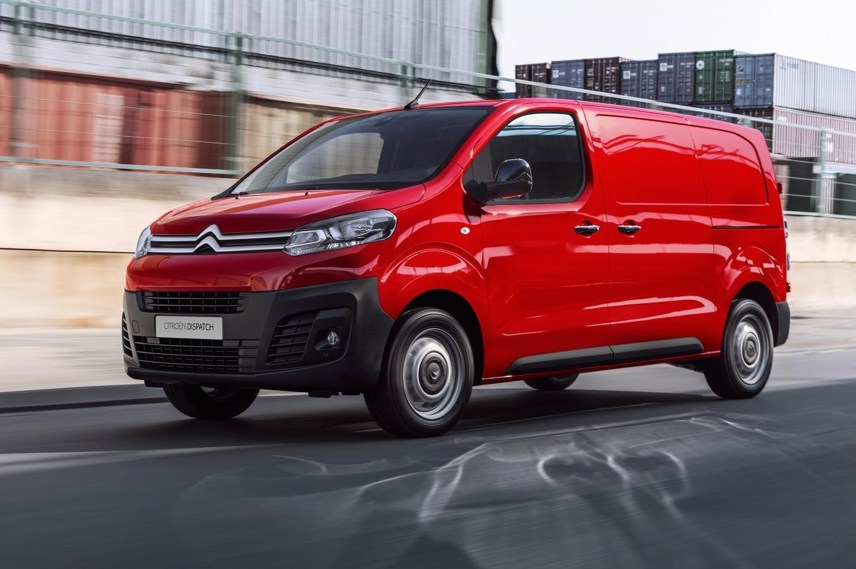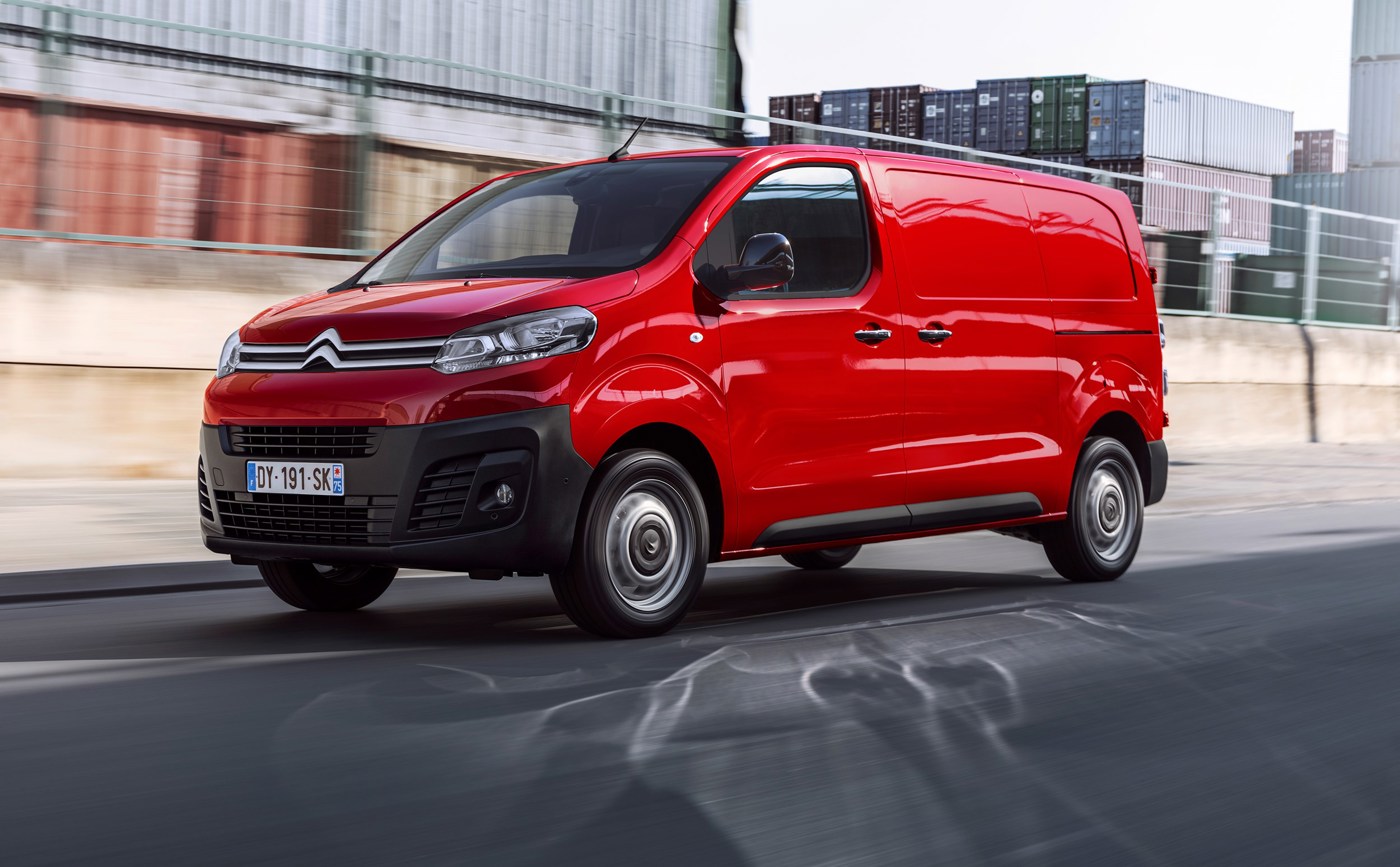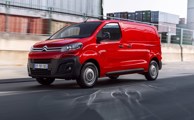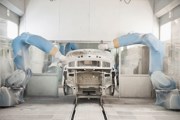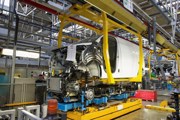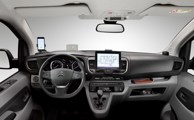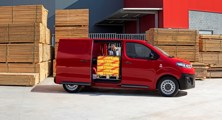Review
The Citroën Dispatch and Peugeot Expert medium panel vans have become somewhat the poor relations of the sector in the past couple of years, as rival manufacturers have launched new products offering better ride and handling, improved fuel efficiency and new technology.
However, the PSA Group has hit back with a vengeance with its new offerings, which were revealed to the world’s press at the firm’s factory in Valenciennes in northern France and will go on sale in September.
The new Dispatch and Expert offer a number of unique ideas and best-in-class features that should set PSA on the road to success once again. This van will also be rebadged as the Toyota Proace, while the deal with Fiat to rebadge the present van as the Scudo will cease. Fiat will instead take the Renault Trafic and rebadge it as the Talento.
Fleets got their first chance to see the new vans at the CV Show at the NEC and prices and spec details have just been revealed - both vans start from £17,495.
Meanwhile, Commercial Fleet joined the throng at the launch in France and here’s what we discovered.
Safety
Safety systems abound on the new vans, although most will be paid-for extras, which means most fleets won’t order them. However, for those who want extra protection for their drivers, there’s the option of blind spot monitoring, a vision pack with rear radar parking and assistance equipment, extra grip control, a road sign-reading device with speed limit recommendation, a driver attention alert system, lane departure warning system, automatic main beam switching and active safety braking. This last feature stops the van when a crash is imminent, up to speeds of 18.6mph. Above this speed, the brakes will be applied to help minimise any damage. All this adds up to a five-star NCAP crash-test rating.
Cargo area
The three wheelbase options (see Body Variants) means there are myriad different payloads, load volumes and internal cargo measurements. Maximum cargo volume is 6.6 cubic metres, while payloads go up to 1,400kg. Using the flap in the bulkhead, loads of up to 4.02 metres can be accommodated. Gross vehicle weights go from 2.7 tonnes to 3.1 tonnes.
There is also a natty little system in which the side sliding door can be opened by gently kicking the rear bumper – helpful for any driver who has to carry heavy loads on a regular basis.
Engines
Two engines will be available – a 1.6-litre diesel unit with 95hp or 115hp and a 2.0-litre with 120hp, 150hp and 180hp. PSA won’t be offering any petrol engines or electric versions.
All engines will be Euro 6-compliant, which means the addition of an AdBlue tank. PSA estimates a tankful will last for 9,300 miles. CO2 emissions will be lower than current vans (as low as 133g/km). The best-performing engine claims a class-leading 55.3mpg on the combined cycle. Environmentally friendly ‘Blue’ versions also get stop/start as standard.
Meanwhile, service intervals are stretched to 25,000 miles or two years.
Technology
PSA has linked up with TomTom for its infotainment systems. A seven-inch touchscreen can also be operated by voice for navigation, media and telephone features. There is also a facility that flags up not just the location of fuel stations, but also the prices they are charging. An optional ‘mirror’ system can link a driver’s smartphone to the van, and an optional fleet management package will monitor the driver’s behaviour and fuel usage on the road.
Body variants
The new van is based on the Citroën C4 Picasso/Peugeot 308 platform. Uniquely in this sector, three wheelbases will be on offer – compact, standard and long, although the current high-roof variants will no longer be available. This means that at 1.9 metres in height, all models should be able to fit into city centre high-rise car parks.
In addition to van versions, a chassis-cab will also be available plus crewvan and combi variants with up to nine seats.
In the cab
Everything is new here. There will be three spec levels and the option of two or three seats. The floor in the cab is flat, so long loads can be poked through a flap in the bulkhead. A mobile office function uses a folding rack that pulls out from the middle seat.
There is a storage area under the passenger seats along with little creature comforts such as a refrigerated drinks compartment and cup holders on either side of the cab.
The seat is positioned higher than in the old model to give a better view of the road ahead and the dashboard is all new, with better positioning of the knobs and switches.



